This article is taken from PN Review 152, Volume 29 Number 6, July - August 2003.
Form and Function (II): Form and Technique
II Form and Technique
In the first essay, I looked briefly at the point that form is a hindrance to the imagination, in that rhyme and metre do not allow the poet to say exactly (or directly) whatever it is they wish to say. This was countered by arguing that poetry can work equally effectively by indirection. The very nature of poetic language (indeed, of all language) is potentially complex and ambiguous and its capacity for exactness is of a different order to simple denotation. Nor, it was also argued, does form prohibit the achievement of arresting and unexpected effects; indeed, the more one has expectations to fulfil, the greater the opportunity for subversion.
The second problem associated with form is that its `technical facility actually drains the subject of emotional power and complexity'. There is a slight temptation to respond mischievously by asking if the solution is to write without technical facility, but as there are possibly still many poets and writers today (influenced no doubt by many suggestive examples from twentieth-century letters) who would wish to claim a case for an improvisatory - and even unrefined - technique that eschews revision or polish of any kind, and who would argue that their work is thereby more authentic or sincere, the question will be treated seriously. This claim can be countered immediately in terms of fact by recalling that many of the poets and writers from Coleridge to Jack Kerouac who claimed to be ...
The page you have requested is restricted to subscribers only. Please enter your username and password and click on 'Continue':
If you have forgotten your username and password, please enter the email address you used when you joined. Your login details will then be emailed to the address specified.
If you are not a subscriber and would like to enjoy the 292 issues containing over 11,700 poems, articles, reports, interviews and reviews,
why not subscribe to the website today?
